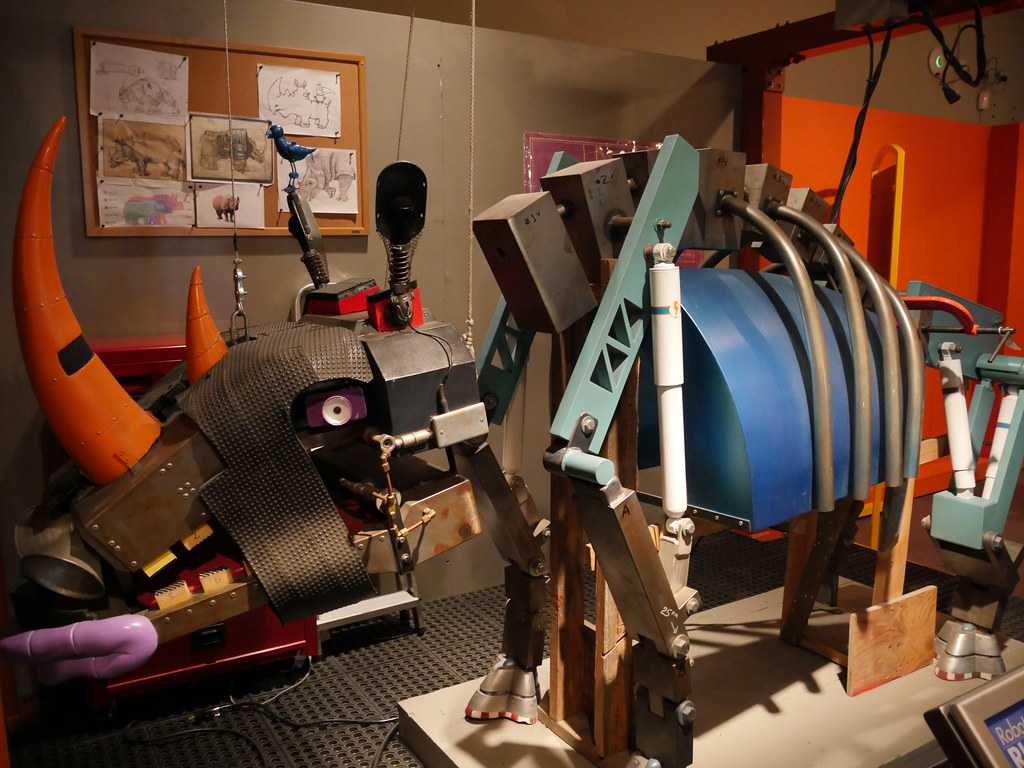Kitchen Stories is about a research project studying men in the kitchen, which becomes interwoven with layers beyond research involving relationships, wider communities, human interactions, cultural backgrounds, and teaching. This movie examines the complexity of human interactions, and demonstrates how conversations are necessary between the researcher and researched in order to fully comprehend what is being studied.
The Reader/Viewer
This movie is based around the centre of many homes: the kitchen. Family kitchens are an important room for human interaction, bringing together people for conversation, eating, stories, and homework. Of all the rooms in the house, the kitchen is arguably the central room for bringing people together. As the reader/watcher, having the main story happen in the kitchen, it was easy to bring my feelings and experiences of this room into my views of the story. I knew immediately that there would be emotional and personal issues involved in the story because that is what the kitchen meant to me growing up. It was the place where I discussed my hopes and dreams of a career with my parents, had hard conversations in my teenage years, and spent lots of time with my brother loading and unloading the dishwasher. As a reader/viewer, it is impossible to remove context, emotion, and conversation out of any research conducted on human behaviour. As I watched Folke crawl up into that high umpire chair in the corner of the kitchen, and sit silently, I knew that the issue of conversation, context, and qualitative research would be a main theme of the movie.
The Researcher
The observer, or researcher, Folke, in the film tries to maintain a sense of neutrality throughout the film. Unbiased, unemotional, and non-judgemental attitudes are critical when conducting quantitative research. You are merely there to collect data based on what you see, and the numbers will reveal the result, not your opinion. The umpire chair reflected this neutrality, as well as refraining from having conversations with Isak regarding his activities in the house. Folke was determined to follow the scientific method of observation, and only collect data based on what he observed from an outside point of view. Folke is directed to collect data based on Isak’s movements in the kitchen and is not required to consider Isak’s context, history, or circumstances. Folke has been trained in the scientific way and was collecting data as a neutral observer, free from personal bias, opinion, or conversation. He is also directed to restrict his observations only to the kitchen and record only the activities that happen in that room. As the story goes on, Folke finds it increasingly difficult to refrain from satisfying his curiosity of Isak’s actions, and struggles to maintain a neutral, unbiased, observer point of view. A turning point from quantitative, unbiased data collection from Folke occurs when he asks Isak why he never answers the phone when it rings. From observation, numerical data collection and quantitative observation, the answer remains a mystery; but from a simple qualitative conversation, he learns the truth behind Isak’s friendship and reason for letting the phone continue to ring – it was too expensive to answer. The researcher, Folke, is trained as an observer to maintain a stance of neutrality and objectivity. The researcher is to remain unbiased and separate from the researched. This is the main idea behind scientific research; observe as closely as you can while remaining separate from your subjects.
The Researched
Kitchen Stories revolves around the idea that research can be conducted in a sterile and “hands-off” fashion… or so we think. Folke begins the story as the researcher, but quickly becomes the researched when Isak’s curiosity of the man in the umpire chair becomes too much. Each person makes sense of our own world and the experiences of others from the foundation of our own experience. It is impossible to be neutral observers. Scientific research implies that the subjects being researched are not going to be impacted by the act of being observed. This is not the case in the film, as Isak quickly switches his role of observed to observer when he begins to spy on Folke through a hole in the floor. Neutrality and one-sided observations prove to be impossible, as the two men begin to increasingly interact with each other, from sharing food to full on conversations about Isak’s past and reasons for not answering the ringing telephone. As the reader/viewer, I felt emotional about the developing relationship between the men.
The Research
The story of Folke and Isak represents the challenges of conducting purely quantitative data, and also supports the validity and need for qualitative research and data to fully understand the context and depth of the subject being studied. How could data collected on the interactions, behaviours, and activities of humans be purely numerical, when humans themselves are complex creatures with history and personal stories? The movie represented the process of involvement that evolves during qualitative data collection, and the necessity for interaction and conversation between the researcher and researched in order to fully understand the meaning of the topic being studied. Folke accepts that he cannot keep his research to the kitchen alone, and realizes that he needs to ask about Isak’s point-of-view, history, and background in order to fully understand his subject and research question. Isak realizes that he is unable to ignore Folke in his large umpire chair and becomes curious about interacting and studying Folke himself. Through their kitchen dialogue, the two men gain deeper understanding of each other’s experiences and lives. As the story of these two men evolves, the viewer becomes aware of the rich layering that is part and parcel of qualitative research.











Recent Comments